Touring the Balkans: beauty and a sharp warning
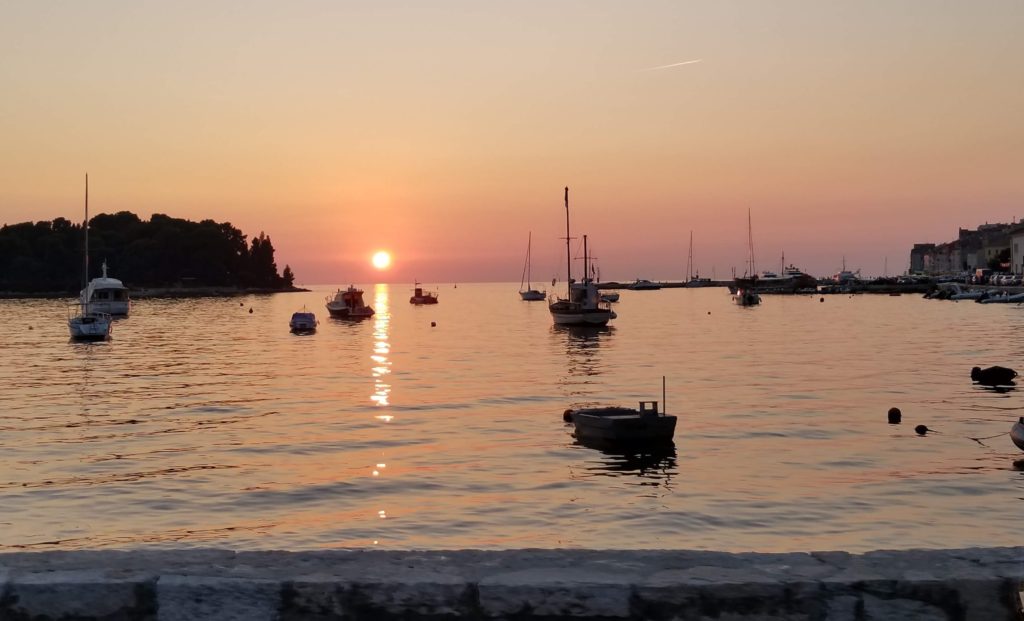
by Pringle Franklin
Several years ago, after packing off our last beloved child for college, Sam and I cheered ourselves up by planning an “empty-nester’s tour”. Rather than sitting at home feeling nostalgic, we seized the opportunity to pursue our mutual love of travel. In September 2018, we spent three wonderful weeks rambling across Croatia and Bosnia-Herzegovina, with a brief foray into Montenegro.
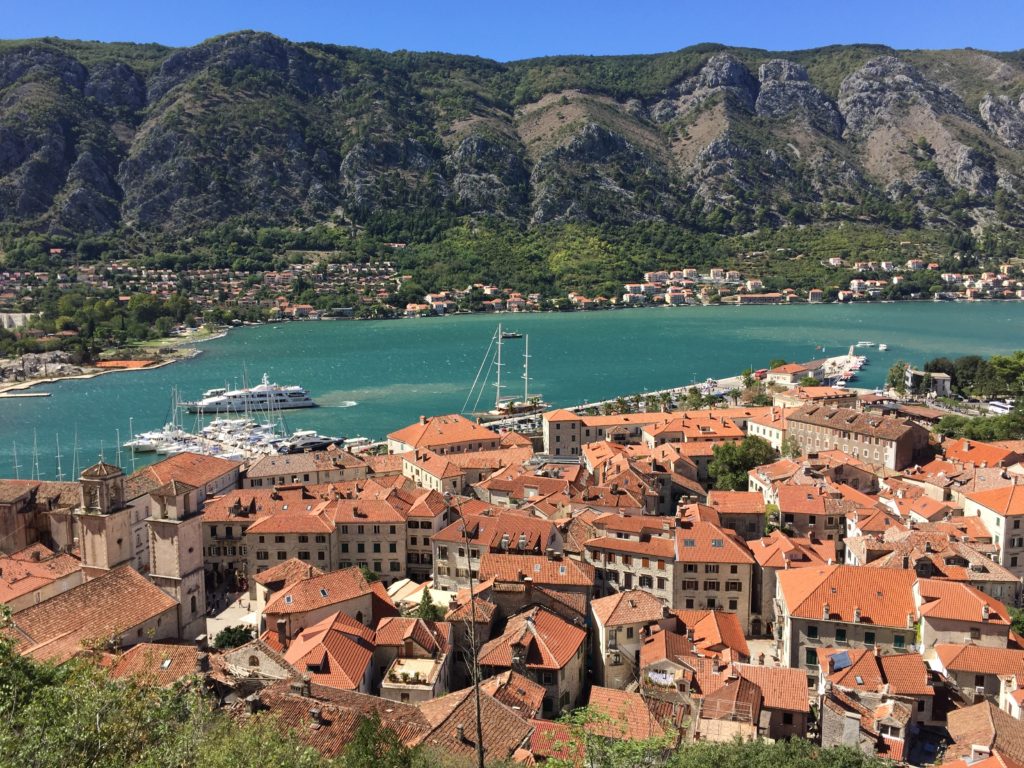
The Balkan adventure surpassed our expectations for natural beauty, delicious food and wine, and cultural interest; at times, it almost felt like we were stepping back into the 1970s. The countryside was widely undeveloped and wildly green, and locals of all ages could be found hitchhiking—an indication of the low crime rate.
In an odd way, the former Yugoslavia benefitted from its Communist years by being too poor to destroy its land with sprawling development. The abundant woodlands and pastoral fields gave the impression of quaint, old-fashioned living. As a hobbyist beekeeper, I was thrilled by the high numbers and weird varieties of flying insects that zoomed over grassy plains and hovered to feed at flowerbeds.
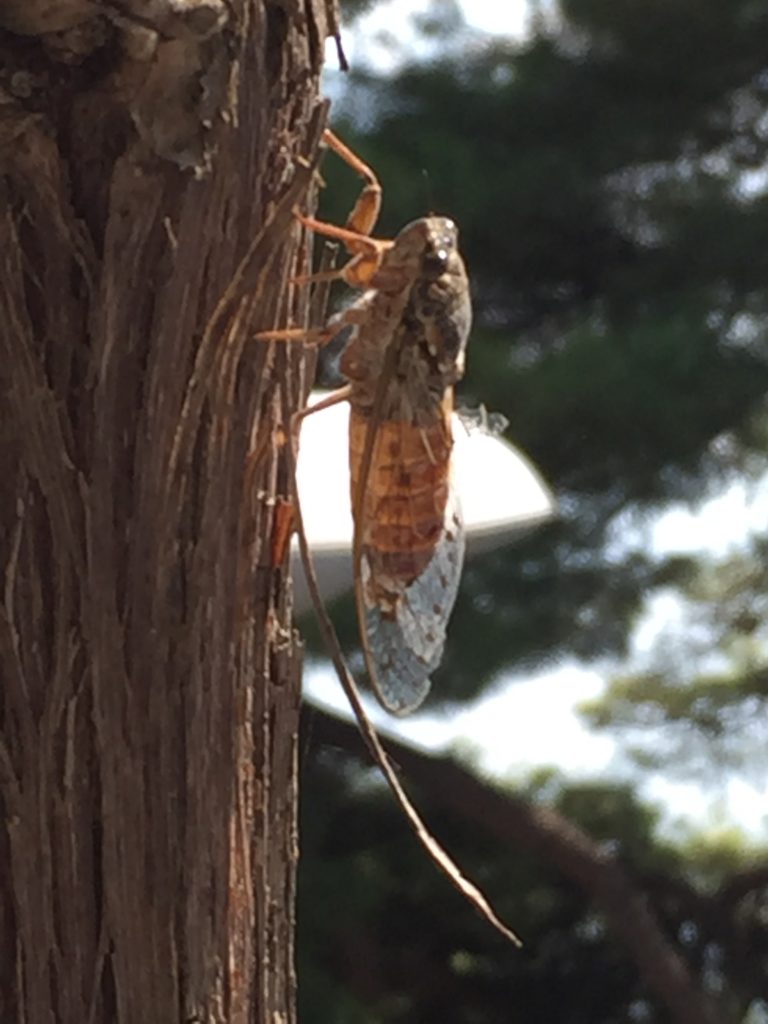
Many Americans visit Croatia on a cruise ship, because the beautiful islands are every bit as intoxicating as the Greek Isles. The dollar goes a long way here and, until recently, the idyllic Croatian coast felt almost like a personal discovery. However, the secret’s out now. More cruise ships and more commercialization pillage the islands with every passing year. In the summer, 20,000 day trippers often invade the walled city of Dubrovnik, clogging the narrow streets and trampling the old-world charm.
To truly see the natural beauty of Croatia, head inland to Plitvice Lakes National Park, a spot whose unspoiled allure inspires comparisons to the Garden of Eden. One day of hiking was not enough time here; I wish we had planned a second full day.
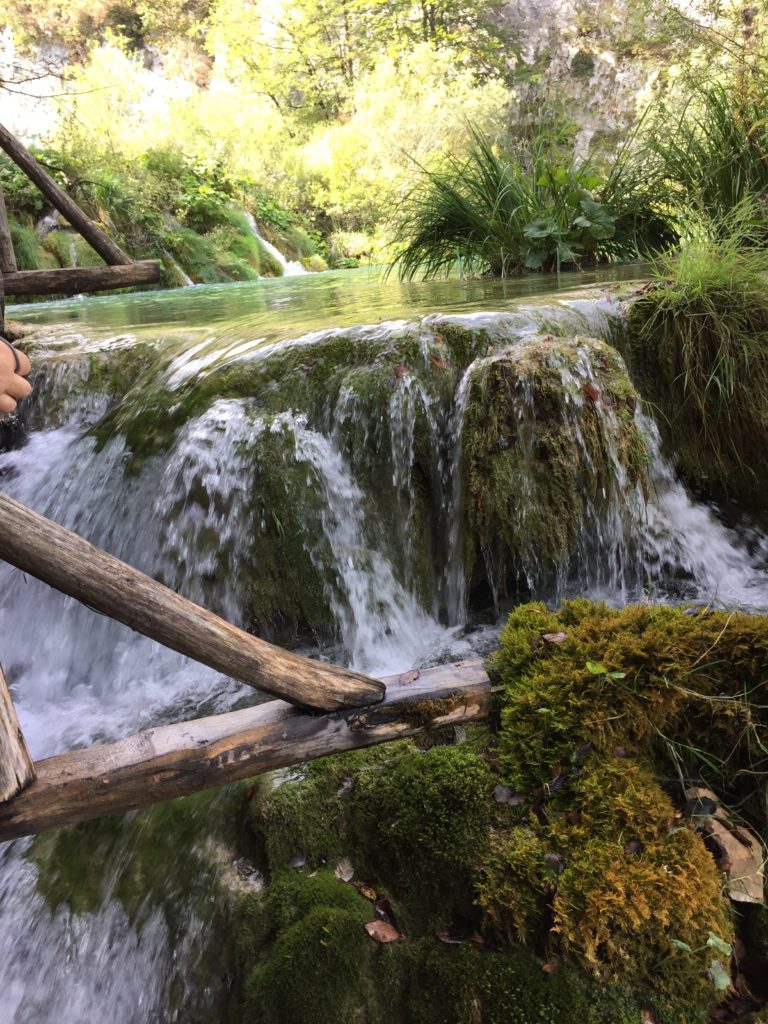
However, our decision to lodge in a spare bedroom of some locals (who seemed Germanic in their friendliness, cleanliness, and appreciation of good, strong beer) added to the rustic experience; surrounded by farms and rolling hills, I left our bedchamber at night to gaze into the heavens, feeling nearer to the stars and their choreography of constellations in this quiet, rural land without light pollution. In many ways, the footprints of God stand out clearly here. Following local legend, we climbed to the Queen of Peace statue on Apparition Hill in Medjugorje, Bosnia-Herzegovina, where in 1981 the Virgin Mary supposedly appeared to local sheep-herding teenagers.
In a series of visions and messages, Mother Mary called the Yugoslav people, still under Communist rule, to embrace God and the Catholic faith. She urged them to seek peace. This was about a decade before the Bosnian War, which would viciously pit many ethnic groups—including Orthodox Serbs, Catholic Croats, and Turkish-influenced Muslims— against one another. Not enough people took the Holy Virgin’s words to heart, and the civil war raged from 1992-95, after Yugoslavia dissolved into a spaghetti bowl of entangled nations. Something similar happened 13 years before the tribal genocide in Rwanda, when the Celestial Lady warned Rwandans of impending peril at their own hands. Mother Mary seems to show up when the tide of a nation is turning toward bloodshed, begging her children to stop the hate.

As an ardent admirer of Mary, I was eager to walk on this sacred ground with other pilgrims. Yet to be honest, I left Medjugorje feeling let down. Perhaps I had been expecting the sky to break open and a choir of angels to sing. I felt the same way once after visiting the “healing” waters of Lourdes, France; everything felt contrived except the desperate struggle of the crippled and ill being pushed in wheelchairs by nuns to the various chapels and shrines.
By contrast, the city of Sarajevo was crammed with history and fascinating curiosities. I’m glad a local told us not to miss it.
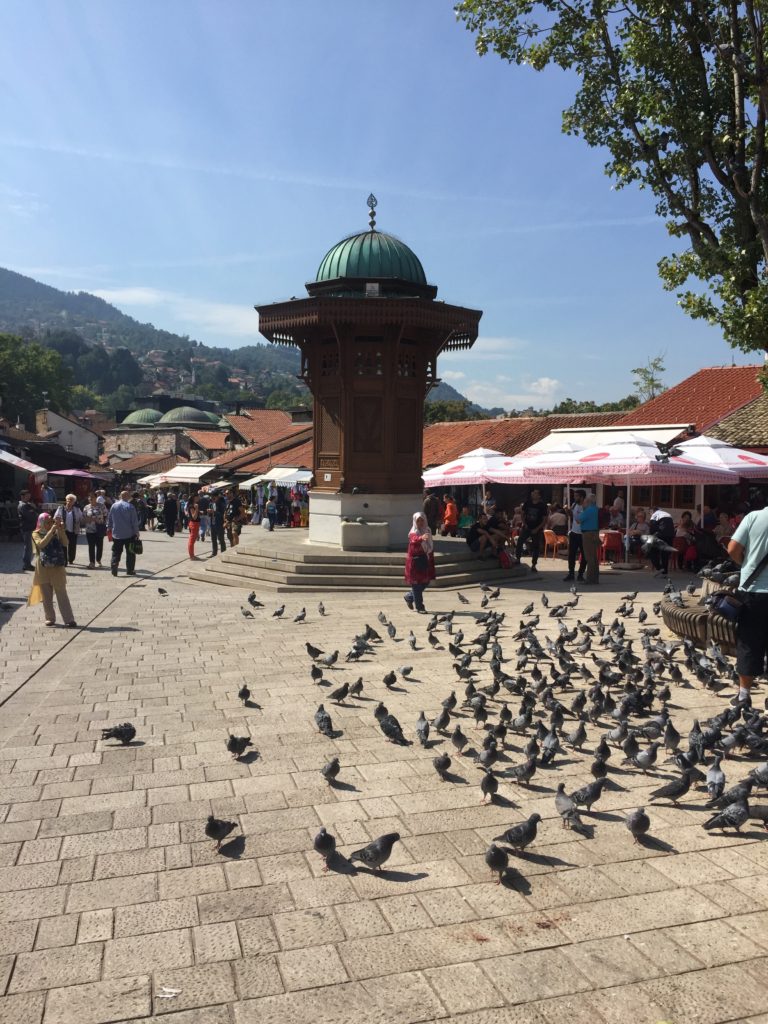
Sarajevo is utterly beguiling as the living spot on the European map where East meets West; literally, a line runs through the center of the main pedestrian street, separating the section with Austrian-influenced grand boulevards and grand buildings, Orthodox churches, and European culture from the Ottoman Turk’s area of influence, home to domed mosques and needle-like minarets, exotic bazaars with colorful wares, hookah pipe lounges, and cubbyhole eateries serving smoky, grilled Halal kabobs. Fancy a cold beer with that? No chance, but you might order one of the tangy yogurt beverages. If you want alcohol, you’ll have to return to the Western side.
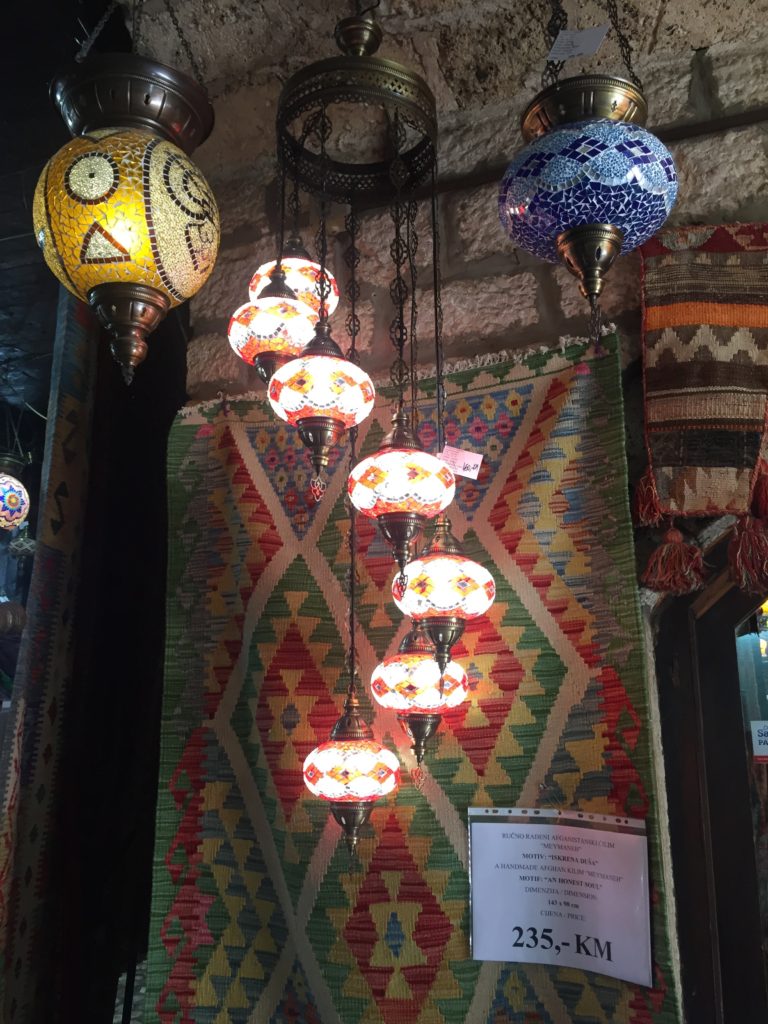

Even the dead maintained visible differences. The Muslim graves were marked by clusters of thin pillars, like fingers pointing up to Allah, extending from the head of each burial plot. Of course, the most famous deaths were those that sparked World War I: the assassinations of Archduke Franz Ferdinand and his pregnant wife, Sophie, in 1914. We visited the Latin Bridge, the site of the shooting, and considered how violent deeds can unexpectedly snowball into global suffering. It was hard to fathom. But I was soon to learn more about such things.
On our second day of exploring, we saw an entry in our guidebook for the highly-rated Museum of Crimes Against Humanity and Genocide (1992- 1995). We ventured inside, not knowing what to expect.
I wasn’t prepared for the assault on my psyche.
The small but powerful museum offered a suite of somber, grayish rooms, opening the world’s eyes (and mine) to the carnage that took place in the former Yugoslavia. After the stabilizing ties of a forced, but common, citizenship were abandoned, ethnic strife reared back to center stage, eventually boiling over into civil war.
Stark exhibits covered topics such as torture; child victims; land mines; an attacked school; and the atrocity of Srebrenica, the horrific event which finally forced the United States and other nations to intervene on behalf of peace. In July 1995, this small, mountainous city became a killing field as Eastern Orthodox Serbs (ultra-conservative Christians) rounded up the local Muslim men—fathers and sons— and marched 8,000 of these Bosniaks off to slaughter. The peacekeepers sent by the United Nations stayed locked behind the gates of their compound and did nothing to stop the carnage, even as swelling crowds of Bosniaks stood outside, begging to be let in for safe harbor. No one moved against the armed and angry mob of determined Serbs.
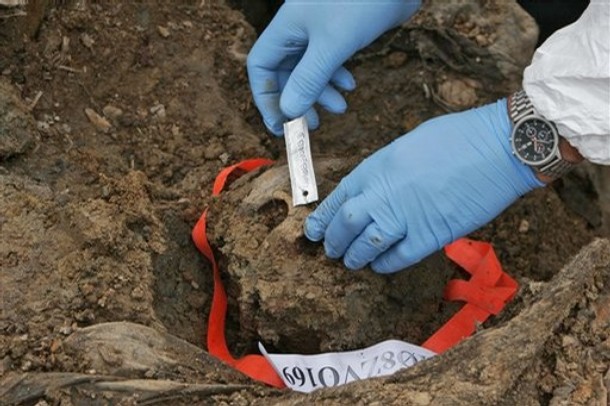
Relentless pictorial displays revealed the ugly scenes: a forlorn babydoll dropped in the mud, left behind when bullets started flying; mounds of dirt and shovels for thousands of mass graves; plastic bags of body parts stacked as if on bunkbeds in a warehouse; hollow-eyed widows still wearing black a decade later, forever haunted by the disappearance of their sons and husbands. Some still hoped, against all odds, for the return of a kidnapped loved one whose body has never been identified.
By the time I dragged myself to the final exhibition space, despair and agony overwhelmed me. Loud sobs escaped from my mouth; my ribs and shoulders shook; as the minutes passed, both tears and snot covered my face. I was breaking social norms by emitting shrill, animal-like wails, but I had no other way to express my distress.
A folding metal chair was handy, and I slumped into it. Wordless strangers discreetly looked away from my keening figure as they continued to parade past the sickening photos and artifacts. Minutes slowed to a crawl while I sobbed; a woman crept over and gently handed me a Kleenex. Her kind gesture helped me to catch my breath; in the break from sobbing, I asked myself, why was I the only person in the museum expressing such intense emotions?
Peering inward, I realized the source of my pain was multi-layered. I wasn’t only crying for the Muslim victims in Srebrenica and their ripped-apart, ruined families; I was crying for the brokenness of our entire species. As if spirited to a higher plane, I saw the awful burden placed upon us by the freedom which God has given humans. We have received enough power to become self-made angels or demons.
A twisted lie, planted across generations and carefully nurtured, can eventually justify the whole-sale murder of innocent people. God does not approve of them or their religion. For the greater good, they must be trampled and destroyed.

Yet, my inner voice spoke to me again. I wasn’t only crying for the depravity of mankind. I was also weeping out of fear. Because, even back in 2018, this kind of hate, based on triggered anger and extreme group loyalty, felt dreadfully familiar. The demonizing and mass judgment that nourished genocide in Bosnia was actively spreading between the idealogical right and left the United States. Fueled by identity politics, a collective mindset of hate can defend any perverse action, believing that those bastards are only getting what they deserve. Left unchecked, this contagious attitude of condemnation—yeah, let’s get rid of those jerks— will lead toward the same hell on earth.
Back then, I thought we were about halfway there. Today, we are tottering on the edge of doom. During 2020’s plague of COVID-19 and the highly contested presidential election, we endured a year of unrest and extreme polarization. The skewed facts laced in social media posts and mainstream news have planted crazy seeds in many who used to be normal citizens. This past summer, peaceful protestors provided cover for anarchists whose mission was to burn and destroy; to my astonishment, local governments in both Seattle, WA., and Portland, OR., allowed their downtowns to dissolve into a dystopian zone, taken over by lawless groups with an appetite for the annihilation of civilization.
Using an old KGB tool often employed against free societies, our own media churned out propaganda designed to invert our cultural norms. It’s about blaming and shaming what is a basic good in a society—say, the police—while convincing people that a widespread problem—such as, armed criminals— deserves our support. I participated in a webinar last summer in which a local African-American woman was passionately calling for defunding of the police because, in her view, they were hunting down black bodies.
The scary thing was, she actually believed this. Few can argue that any group, including the police, is free from prejudice or abuse of power. And Lord knows that, especially in the historic South, black bodies have been routinely violated. But we have come so far from the terrible days of slavery and Jim Crow. Americans actually believe in, and expect, equal treatment under the law. That’s why George Floyd’s outrageous death at the hands of Minneapolis police officers set off such a powder keg.
It’s one thing to protest and demand more sensitivity training for police. It’s another to proclaim that police officers enjoy shooting African Americans. This twisted reality led directly to an alarming rise in assaults and murders of uniformed police officers, including sheriff’s deputies in Los Angeles County who were executed while sitting in their squad cars. Now who is being hunted down? Imagine if police decided to stop responding to domestic violence calls or other emergencies in the inner city, in order to stop being blamed for shootouts and their unintended victims. I doubt many folks would want to call 911 and learn that the first responders were not coming.
Activists may intend to create positive change, but once a mob turns angry, it doesn’t care who or what gets torched. Perhaps the protests are misdirected; perhaps the social unrest is actually in reaction to the stress and trauma of the lock-downs, the job losses, the business failures, the school closures, the giant squid of a virus whose many long arms have already claimed 2 million lives worldwide.

As a people, rather than being the light of the world, we have fallen into a time of darkness. If there is a glimmer of hope, ironically, it comes from the viral video of George Floyd’s death, as more white people have become aware of the systemic racism and institutional barriers that have long been felt by African-Americans.
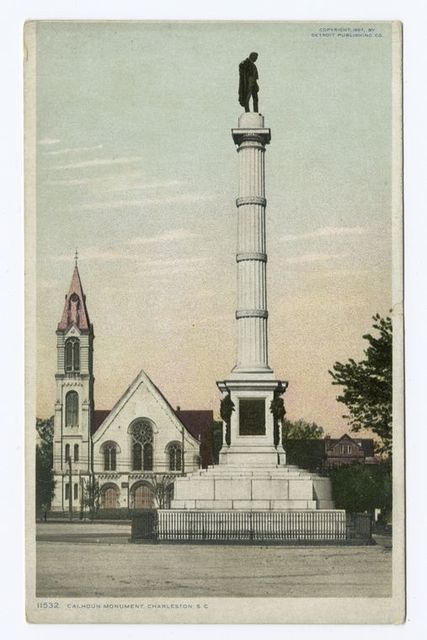
Since the spring of 2019, I had been praying that the statue honoring Sen. John C. Calhoun, a vocal defender of slavery literally placed on a pedestal above a large city park in Charleston, would come down—and in a peaceful manner. When I asked local pastors for their support, they told me that it was a pipe dream, that the state’s culture of Good Ol’ Boys would never cooperate in removing the memorial to the former vice president and Antebellum hero. And yet, after national and local protests led to looting in the wake of Floyd’s murder, the Charleston City Council quickly removed Calhoun’s statue. For security reason, the statue remains hidden at this time.
Of course, the statue was merely a symbolic victory. A bigger concern is the widening wealth gap between affluent communities and low-income neighborhoods. The vast difference between whites and people of color in predicted outcomes across many areas of measurement —such as health, education, financial stability, infant mortality—demonstrate that we must do better to level the standard of living. Yet even as multi-colored hands reach out to connect, as good-hearted people try to bridge the divide, powerful and insidious forces, both within and beyond our nation, are promoting extreme narratives to pick at the scabs of our discontent. (If you doubt me, watch The Social Dilemma on Netflix.)
Fueled by intentional misinformation which they devour, violent and destructive mobs have risen from opposing camps, attacking other protestors, memorials of all kinds, federal buildings, downtown shopping districts, and most recently, even our nation’s Capitol building, leaving mainstream America shocked and trampled. What is happening to our country? Where will this end?
Every day, I receive email blasts from rabid Republican and raging Democratic operatives, and the calls to action from both sides are growing more and more outrageous. Resentment and temperatures are rising. Srebrenica, here we come.
Only the love of God, working to build a unified people who respect our laws and value one another, can save us from this heart-wrenching fate. As St. Francis taught us, may we all pray: Lord, make me an instrument of thy peace.
This article was released on the eve of the United States Inauguration Day, Jan. 20, 2021, with prayers for our nation’s continued commitment to freedom, liberty, and Democratic ideals.
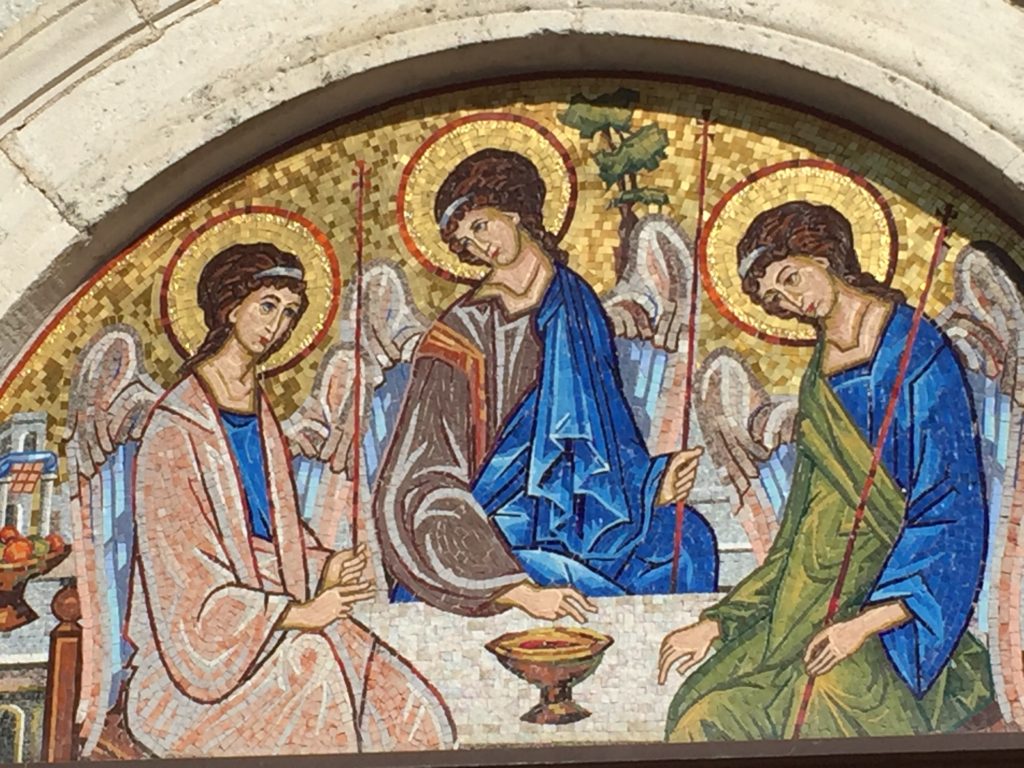
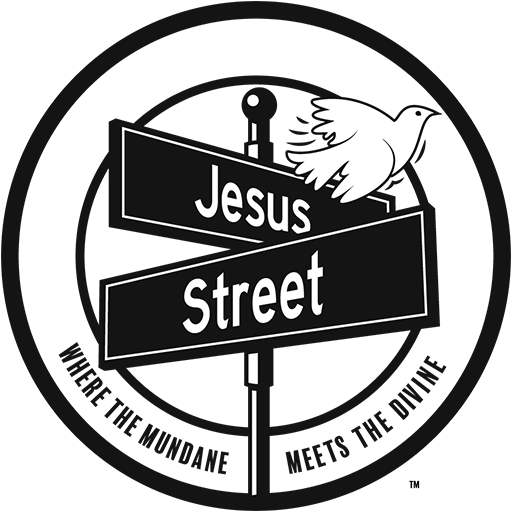
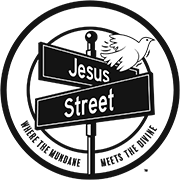
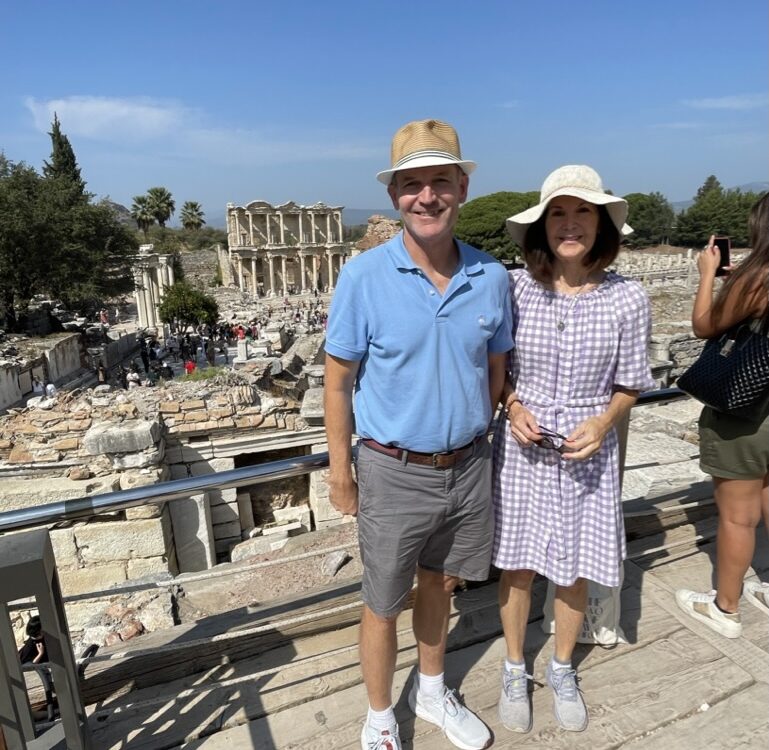
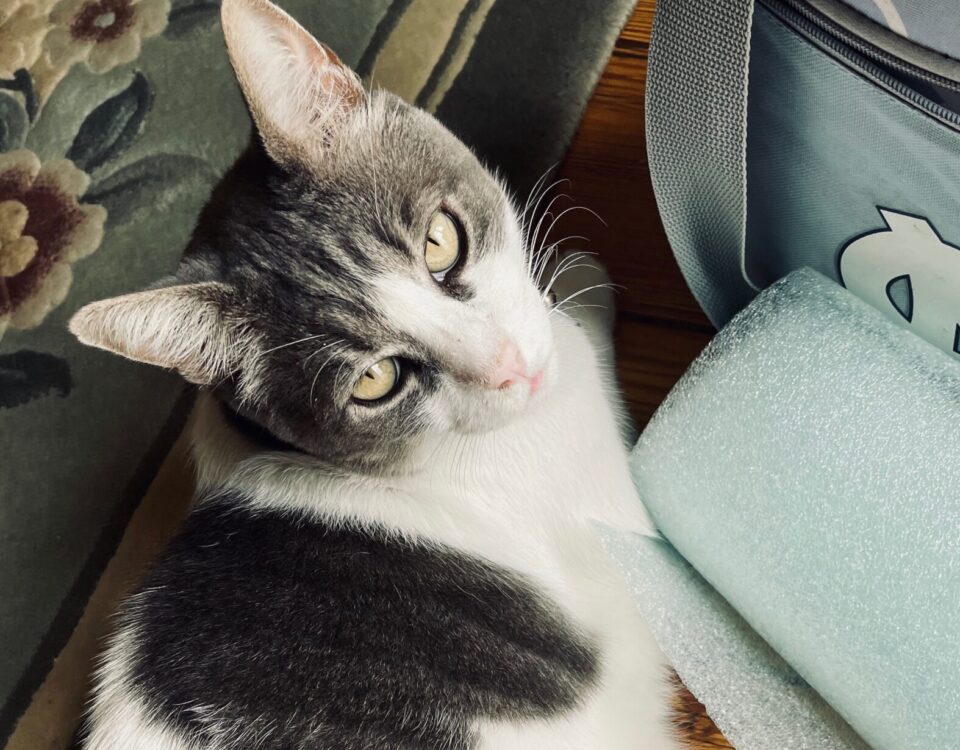

4 Comments
Thanks Pringle for your wise words that direct us back to God. Allowing Him to work through us is the one thing we can do to counter all the negativity. Thank you for reminding me of this truth.
Such a powerful word for all of us, Pringle. Thank you for all that went into this strong post. Lord Christ, have mercy on this land. We deserve your judgement, but we know you to be a merciful Father. Heal our brokenness and divisions and bring revival of faith in your work on the cross which alone brings forgiveness and healing.
Pringle, you have such a way with words! I love this article and all it says. I miss your insight and gentle demeanor my sweet and beautiful friend!
Nicely written article Pringle, and yes I too fear for this country as it lurches toward socialism. Is history doomed to repeat itself or will we learn from our mistakes and continue to refine our fragile democracy? Praying God will guide us through this wilderness!